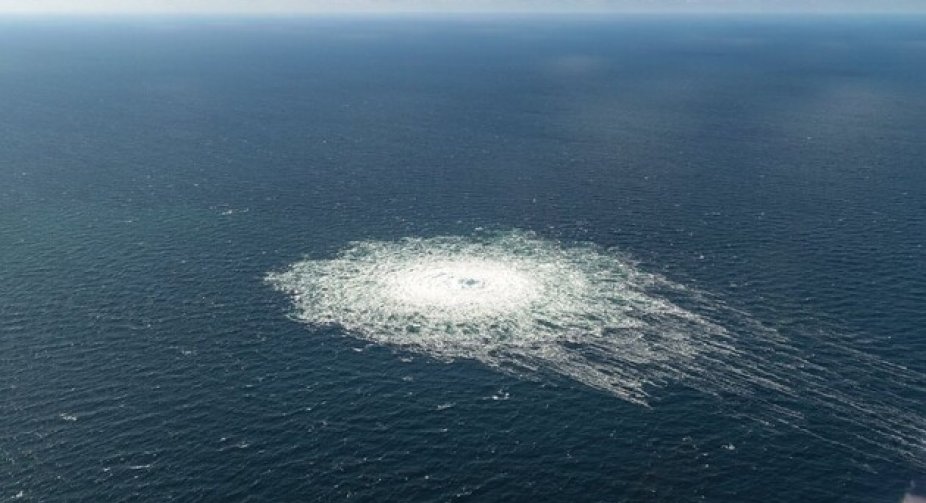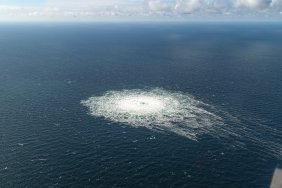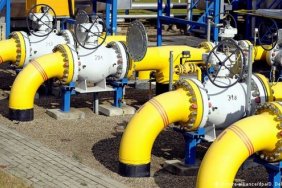Nord Stream AG, the operator of the Nord Stream gas pipeline, has begun assessing the cost of repairing damaged gas pipeline threads and restoring gas supply. This is reported by The New York Times.
According to the insider, the repair of one pipe of the gas pipeline can start from 500 million dollars. At the same time, there is no information about the possible amount of repair work to restore gas supply.
The publication's source also reported that experts are studying how long damaged pipes can be exposed to salt water.
The publication notes that sabotage in the Baltic Sea turned out to be an ideal crime, since there are many telecommunications on the bottom, but there is no way to monitor their security.
"The Baltic Sea, as it turned out, was an almost perfect crime scene. Its bottom is littered with telecommunication cables and pipes, which, as warned, are not carefully monitored. Ships are constantly coming in and out of the nine countries bordering the sea, and vessels can easily escape by disabling tracking transponders," the NYT writes.




